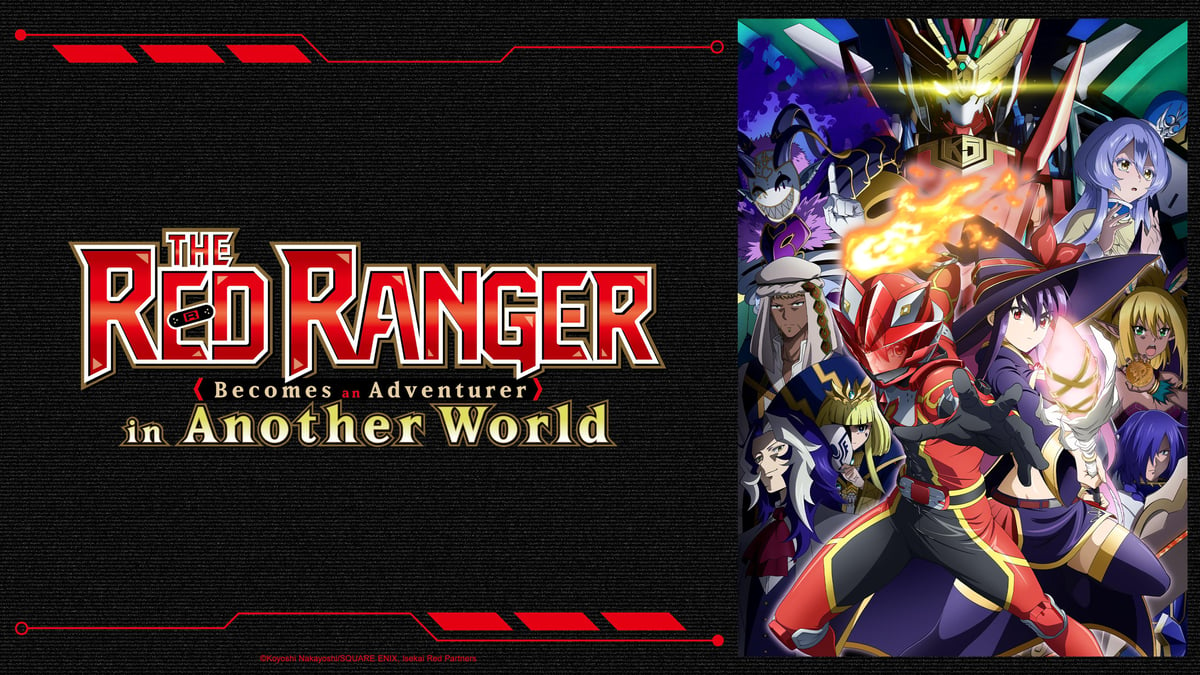For movie and television fans alike, finding ways to express their love for a show often involves merchandising. When it comes to Abbott Elementary, fans have hit the jackpot! This Emmy-winning sitcom not only entertains but also offers a range of official merchandise that enables viewers to celebrate their favorite characters and scenes in style. From clothing items to collectible pieces, the Abbott Elementary Official Merch is not just a shopping experience; it’s a gateway to reliving your favorite moments from the show.
Why Abbott Elementary is a Cultural Phenomenon
Since its debut, Abbott Elementary has captured hearts with its witty humor and relatable characters. Set in a struggling Philadelphia public school, it depicts the challenges and triumphs of teachers working tirelessly for their students. As audiences fell in love with characters like Janine Teagues, Gregory Eddie, and Melissa Schemmenti, the demand for memorabilia skyrocketed. Fans began to seek out Abbott Elementary Official Merch to show their allegiance to the beloved series, making the show a cultural phenomenon beyond just television.
Explore the Official Merch Possibilities
The official merchandise line features a plethora of options tailored to suit various tastes. Clothing is one of the standout categories, from comfy t-shirts emblazoned with iconic quotes to stylish hoodies that convey your love for the show. Each clothing item serves as a statement piece, allowing fans to wear their passion proudly. Additionally, the merch collection includes accessories such as tote bags and mugs, perfect for everyday use while reminding you of the delightful adventures of the Abbott Elementary staff.
Exclusive Collectibles to Cherish
For the avid collector, the Abbott Elementary Official Merch offers exclusive items that are sure to become cherished keepsakes. Limited edition posters and art prints showcasing scenes from the series give fans a chance to own a piece of the show’s magic. Moreover, character figurines and themed stationery provide a unique way to engage with Abbott Elementary on a different level. Whether you opt for a striking piece of artwork for your living room or a fun mug for your coffee breaks, these collectibles embody the spirit and charm of the series.
Join the One-of-a-Kind Community
Purchasing Abbott Elementary Official Merch goes beyond mere shopping; it’s about joining a community of like-minded fans. Various online platforms and social media groups bring together enthusiasts who share their collections and experiences. Wearing or displaying merchandise can kickstart conversations with fellow fans, allowing for connections that may even lead to new friendships. As you showcase your love for Abbott Elementary, you will find others who appreciate the honesty and humor that the series conveys. The sense of belonging and appreciation within this community is truly rewarding.
In conclusion, if you’re a fan of Abbott Elementary, investing in the official merchandise is a great way to score big. Whether you’re looking for clothing, collectibles, or just a way to express your enthusiasm for the show, this merch allows you to celebrate the heartwarming stories and unforgettable characters. With various items available for every budget, now is the perfect time to explore and indulge in the Abbott Elementary Official Merch. So gear up, show your love, and keep the spirit of Abbott Elementary alive!










